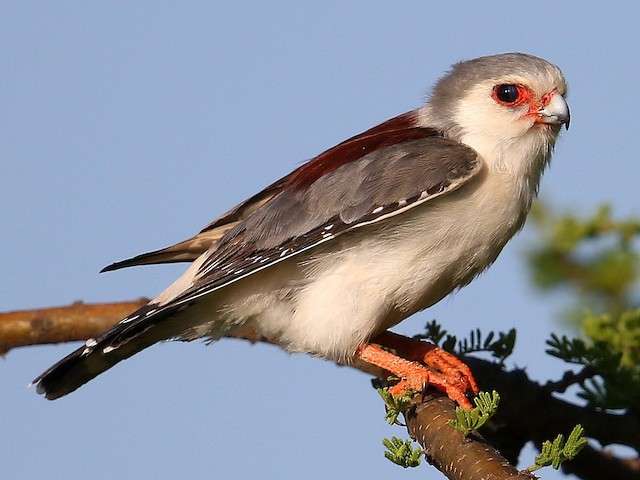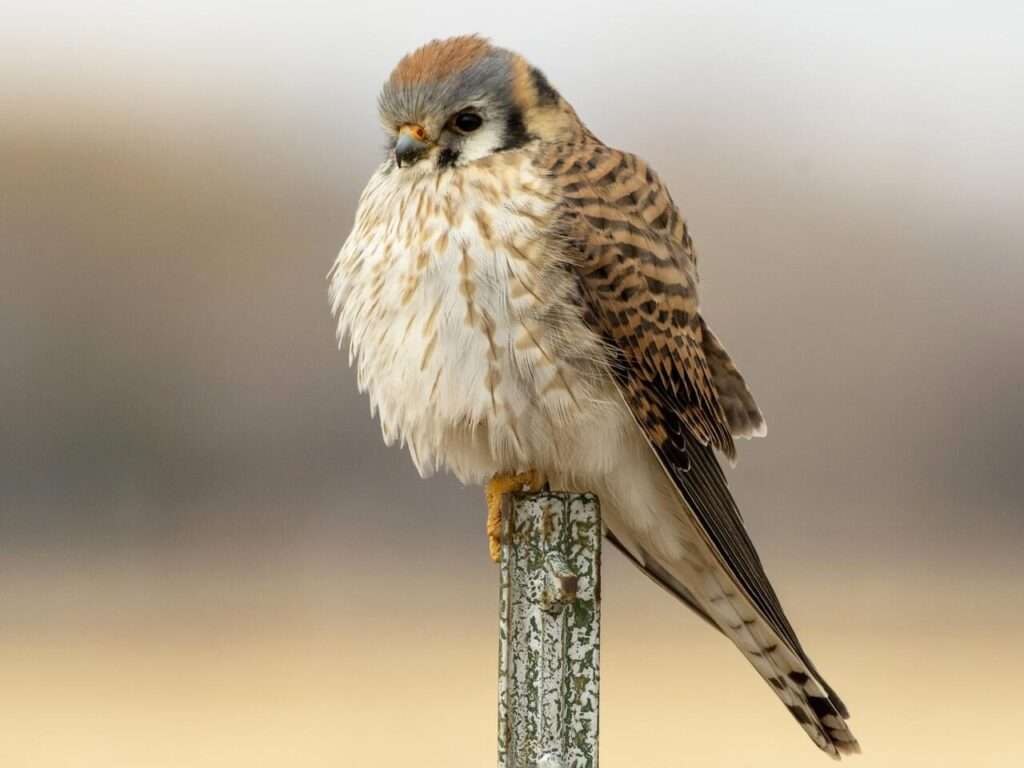
Description
Life span: 26 years
The crested caracara has smaller wings but is about the size of an osprey. Its wingspan is about 1.2 meters, and its length varies from 53 to 58 centimeters. A large, hooked, azure beak and long, golden legs help to identify caracaras. Caracaras have black crowns, crests, and face skin that is crimson. Their tails are banded, with bands of black and white that alternate with a wide black terminal stripe. The base of the neck and the ends of the primaries are similarly banded. Although they look similar, young birds have a duller color overall. Both sexes of the birds have the same color plumage. They go by the name Mexican eagles as well.
Native Region/Habitat
Along the Mexican-American Border, caracaras can be found all the way from California to Eastern Texas and then south to Panama. There are also sporadic populations in Cuba, the Isle of Pines in Louisiana, and Central Florida. Large open spaces are where people will find crested caracaras. Their typical habitats are agricultural settings or arid plains with sporadic wetter areas. Caracaras are widely spread out over a sizable area, each couple guarding a sizable area.

Behavior
Being an obligate carnivore, the northern crested caracara needs to eat meat in order to survive. They are quite vicious when hunting, even scaring vultures away from their meal. It is thought to be the main predator.
Small turtles, turtle eggs, insects, fish, frogs, snakes, lizards, small birds, and some small mammals are frequently the live prey. On rare occasions, pairs will work together to capture a larger animal. Whether the target is discovered alive or dead is irrelevant. It will practically devour every kind of meat that it can find. They may sprint down the ground to get their prey.
During courtship, they frequently engage in a complex ritual that includes flinging their heads back and producing rumbling noises. Once they have coupled off, they will continue to grow closer over time by taking care of and grooming one another.
As a pet/In captivity
They are inappropriate as pets. Falconers with experience can train them. They are extremely intelligent but occasionally boisterous.
Table





